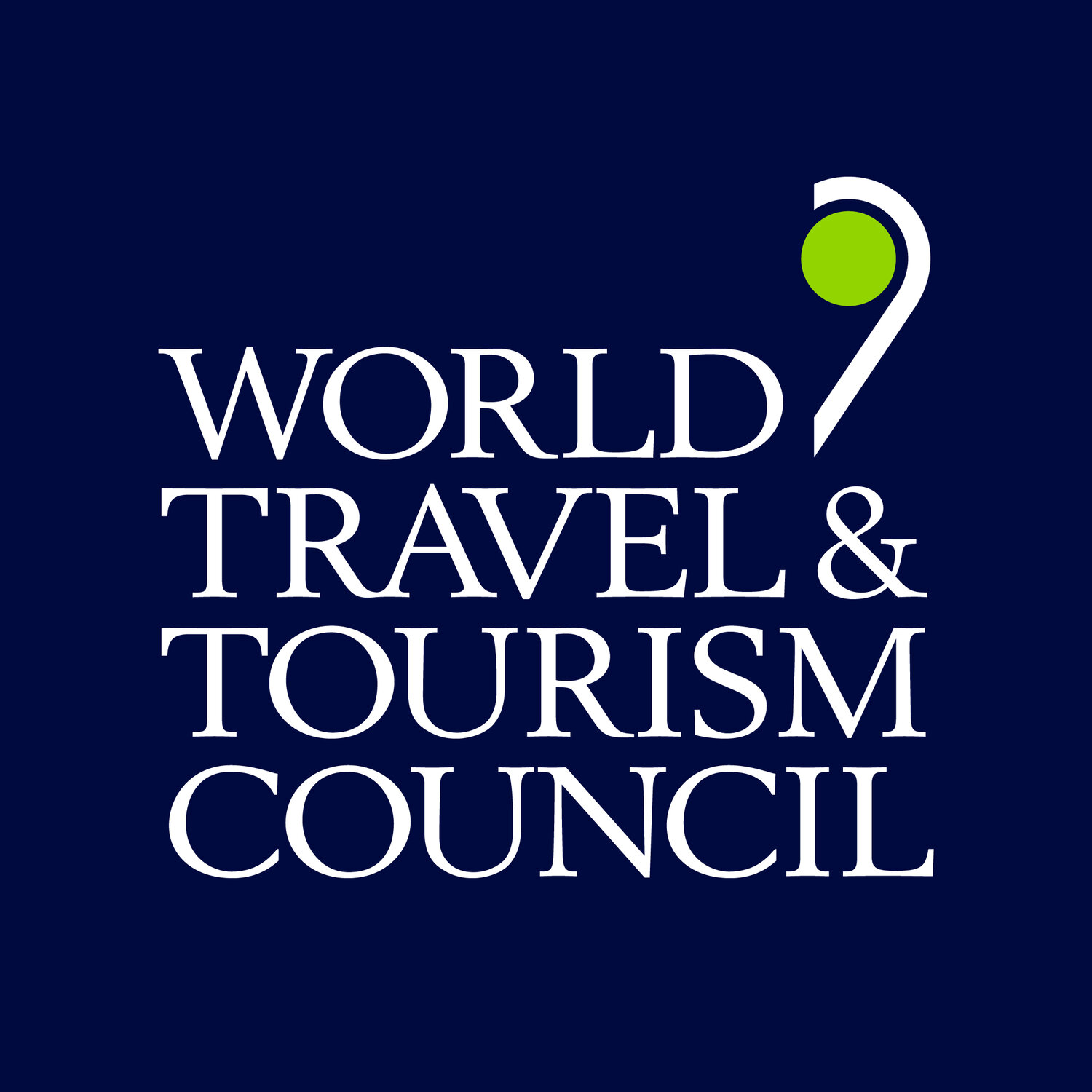How your responsible wildlife trip can be a force for good
Wildlife conservation efforts can be aided by responsible tourism
Wildlife tourism can make a significant contribution to the conservation and preservation of the incredible animals that live on our planet. By booking a trip to see an animal we’ve always wanted to observe in its home country or region, we can also contribute to the local economy and conservation efforts. It can truly be win-win-win for the wildlife, the local community, and travellers!
Here are four ways wildlife tourism positively contributes to conservation:
1. It supports the protection of endangered species
Animal conservation costs money especially when we are enabling the survival and growth of an endangered species. There are the costs of protecting the existing population and the costs of ensuring an ideal environment for these endangered species to grow and thrive. By choosing to support reputable initiatives and responsible providers, we help generate the income they need to continue their conservation work.
There are now over 600 gorillas in Volcanoes National Park
A great example of tourism funding the growth of an endangered species can be found in magnificent Rwanda in east Africa. The Rwandan government, in partnership with the Fossey Fund charity, allows for the sale of a restricted number of high-value permits for tourists to visit the gorilla families living in the Volcanoes National Park. In the 1980s it was said these gorillas would be extinct by the millennium. With the help of initiatives like this and the travellers who buy these permits, there are now over 600 gorillas roaming the park when there were only 254 in 1981. Contributing to the protection and long-term survival of this species is worth way more than the price of the permit.
Thailand has implemented a Protected Areas system
2. It encourages governments to invest in conservation
Demand plays a big part in what businesses and governments invest in. If we, as travellers, increase the demand for conservation and responsible tourism, we can help encourage investment in the field.
Idyllic Thailand, in Southeast Asia, has experienced a booming tourism market. As demand increased the government invested in tourism infrastructure to support and enhance its reputation as a premier tourism destination. These investments have benefitted wildlife tourism and ecotourism industries. Between 1961 and 1991, Thailand lost some 50% of its remaining forest cover due to human-related factors. As such, a main aim of the Thai government in the past decade has been to protect the remaining natural forests by establishing a Protected Areas system and it has worked. Currently, these protected areas are mainly made up of national parks and wildlife sanctuaries and cover about 15% of the country.
Share your positive experiences of sustainable tourism
3. It generates necessary income for responsible wildlife tourism through storytelling
By sharing our responsible wildlife tourism experiences, we help raise the profile of this type of tourism. If you take a trip or experience an activity with a business or operator whose practices are sustainable and contribute to conservation, recommend them to your friends and family. More people knowing about and investing in operators that follow responsible wildlife tourism practices means more opportunities for this income stream to grow. The increased income for conservation enables the protection of more wildlife and it can be something as easy as a social media post… or two or three.
Sea turtles are currently listed as an endangered species
4. It helps reprioritise wildlife tourism over illegal wildlife trade
Illegal and irresponsible activities involving and exploiting our wildlife contributed to starkly declining numbers of certain species and the extinction of others. Far too many wildlife species are critically endangered, endangered, and vulnerable. If we do not step up our planet may never again see incredible creatures like rhinos, elephants, tigers, wild dogs, whales, and turtles.
WTTC and its members are working to end the illegal wildlife trade. In a 2018 report on the economic impact of wildlife tourism, WTTC found that the direct contribution of wildlife tourism is worth over five times that of the illegal wildlife trade. By showing the global community that responsible wildlife tourism is both the right thing to do and worth far more than illegal practices, we can help turn the tide and further protect our wildlife. We can even encourage local communities that have benefitted from detrimental activities to change their income streams to more sustainable practices.
Polar bears are currently listed as a vulnerable species
Remember
Still, as you plan your trip remember that not every interaction with wildlife is helpful. Sadly, some interactions are incredibly harmful to the integrity of the population and the wellbeing of the animals involved. As a responsible traveller, it is important to focus on attractions that are proven to contribute to conservation and that treat animals humanely. Avoid places that exploit animals, avoid buying souvenirs made with animal parts, and consider how the activity being offered affects that animal population and the individual animal’s wellbeing.
While it would be ideal that all wildlife could live out in the wild, this is not always possible. However, that doesn’t mean these creatures should be mistreated and exploited. You can learn more about the problematic practices that should be avoided here.
Whether you’re booking a trip to South Africa to see the incredible Big 5, to India to see the tigers, to the Arctic to see polar bears, or somewhere else in the world remember that your wildlife tourism holiday could help save an entire species.
Written by Lethabo-Thabo Royds, Content Programme Co-Ordinator and Tiffany Misrahi, VP Policy World Travel & Tourism Council






